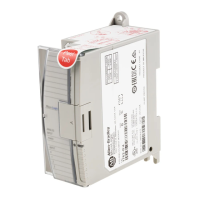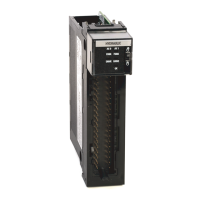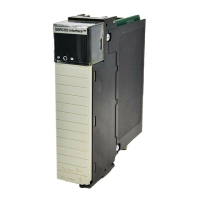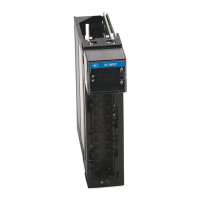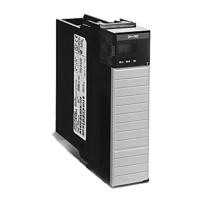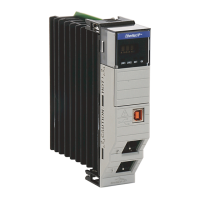Publication 1762-RM001C-EN-P
Using Interrupts 18-5
Interrupt Latency
Interrupt Latency is defined as the worst case amount of time elapsed
from when an interrupt occurs to when the interrupt subroutine starts to
execute. The tables below show the interaction between an interrupt and
the controller operating cycle.
To determine the interrupt latency:
1. First determine the execution time for the longest executing rung in
your control program (maximum rung time). See MicroLogix 1500
Memory Usage and Instruction Execution Time on page B-1 or
MicroLogix 1500 Memory Usage and Instruction Execution Time on
page B-1 for more information.
2. Multiply the maximum rung time by the Communications Multiplier
corresponding to your configuration in the MicroLogix 1200 Scan
Time Worksheet on page A-7, or MicroLogix 1500 Scan Time
Worksheet on page B-6.
Evaluate your results as follows:
Program Scan Activity When an Interrupt Can Occur
Input Scan Between word updates
Ladder Scan Start of Rung
Output Scan Between word updates
Communications Service
Anytime
(1)(2)
(1) Communications Services includes 80 µs to get into a subroutine
(2) Communication Service includes 60 µs for a time tick.
Housekeeping Anytime
Controller If the time calculated in step 2 is: Then the Interrupt Latency is:
MicroLogix 1200 less than 133 µs 411 µs
greater than 133 µs the value calculated in step 2
plus 278 µs
MicroLogix 1500 less than 100 µs 360 µs
greater than 100 µs the value calculated in step 2
plus 260 µs

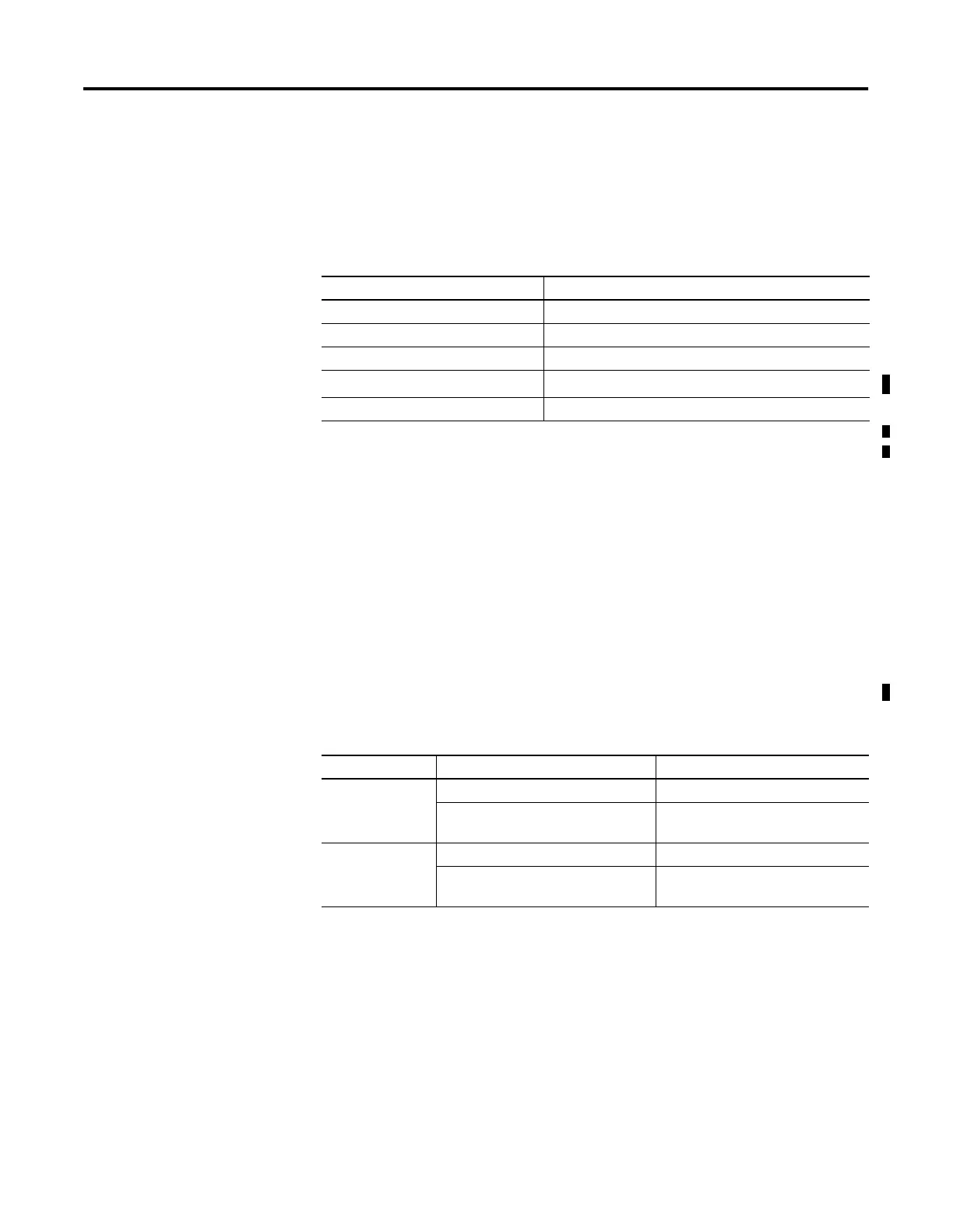